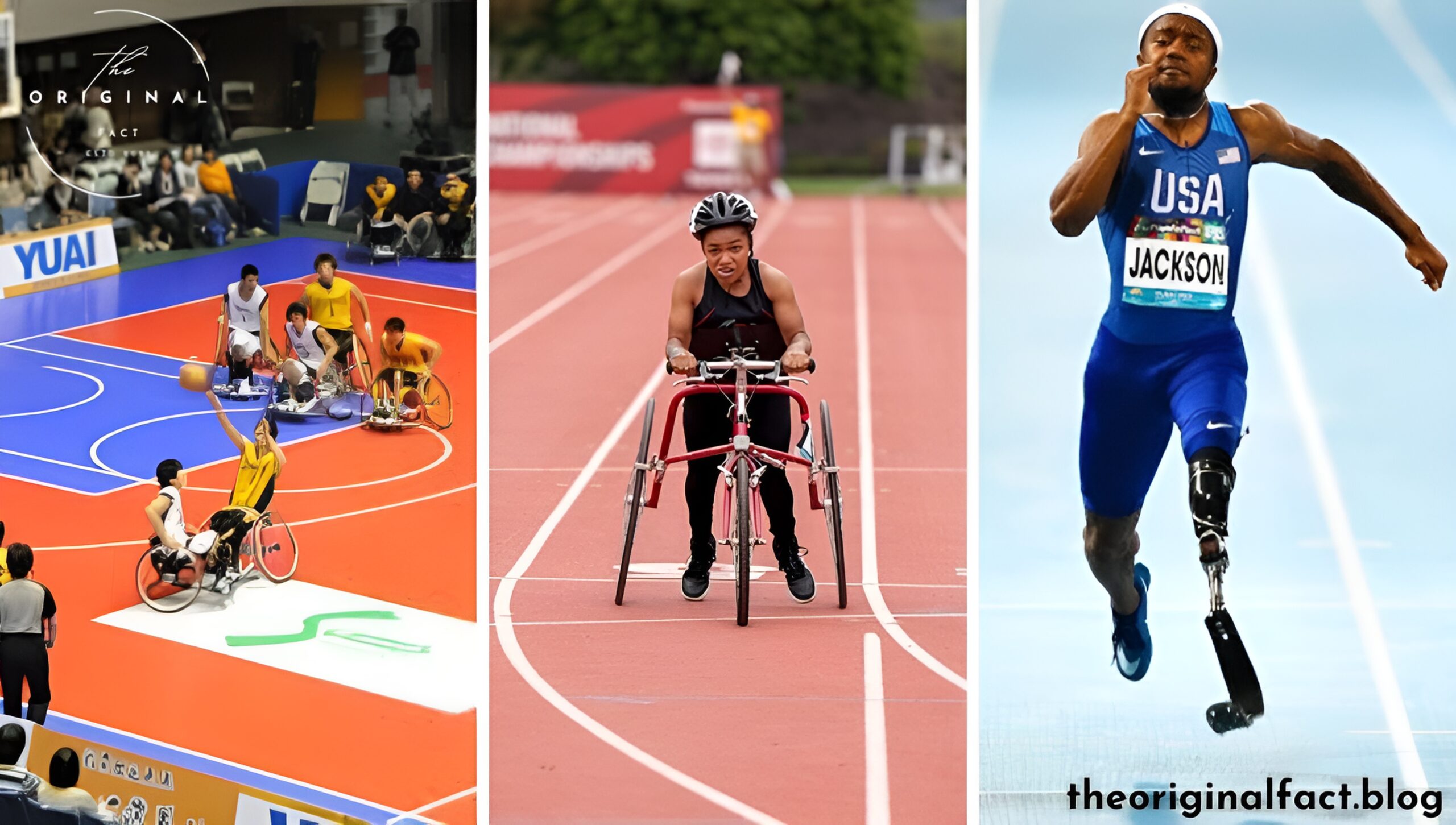Para Athletics Classification: The classification system of Para athletics is an important factor in ensuring fair competition in all events during the Paris 2024 Paralympic Games. This is quite fundamental in developing groups of athletes based on either the nature or the extent of their impairments, hence protecting the integrity of the sport and allowing athletes a field of play with a playing field.
What is Classification?
CThis para-sports classification system selects the appropriate athletes for competition and regulates how these athletes are organized to compete in competition categories. In this aspect, classification aims at organizing competition categories that will enable fair comparison between athletes where any differences in performance reflect real differences in skill, training, and determination, rather than variability in residual degree of impairment.
This process is sport-specific, as an impairment might not affect performance in the same way in different sports. An athlete who may be eligible for one sport, therefore, will not necessarily be eligible for another sport. For this reason, classification groups athletes into ‘Sport Classes,’ similar to how traditional sports may group athletes by age, gender or weight.
Eligible Impairments in Para Athletics
In Para athletics, there are 10 eligible impairment types. These include eight physical impairments, as well as vision impairment and intellectual impairment. Below is a summary of these categories:
- Conditions like spinal cord injuries and muscular dystrophy reduce muscle function.
- Restricted movement in joints due to conditions such as arthrogryposis.
- Total or partial absence of bones or joints, often due to trauma, illness, or congenital conditions.
- A significant difference in leg length is caused by trauma or growth disturbances.
- Conditions like achondroplasia result in reduced bone length.
- Increased muscle tension due to damage to the central nervous system, as seen in cerebral palsy.
- Uncoordinated movements are caused by central nervous system damage, common in conditions like multiple sclerosis.
- Slow, involuntary movements, often result from cerebral palsy or traumatic brain injury.
- Conditions that reduce or eliminate vision, such as retinitis pigmentosa.
- Limitations in intellectual functioning and adaptive behavior, present before age 18.
Sport Classes in Para Athletics
Athletes are categorized into specific sports classes based on their impairments. These classes are crucial in ensuring that competitions are fair and balanced. The classes are divided by discipline:

Track and Jump (Running and Jumping Events):
- T11-T13: Vision impairment
- T20: Intellectual impairment
- T35-T38: Coordination impairments (hypertonia, ataxia, athetosis)
- T40-T41: Short stature
- T42-T44, T45-T47: Lower and upper limb impairments
- T61-T64: Lower limb impairments using prosthesis
Wheelchair Racing:
- T32-T34: Coordination impairments (hypertonia, ataxia, athetosis)
- T51-T54: Limb deficiencies and other impairments
Frame Running:
- T71-T72: Severe coordination impairments using Frame Running equipment
Throws (Field Events):
- Standing Throws (F11-F64): Vision, intellectual, and physal impairments
- Seated Throws (F31-F57): Coordination impairments, limb deficiencies, and other impairments
The Importance of Classification in Paralympic Sports
Classification in Para athletics is governed by the World Para Athletics Classification Rules and Regulations, ensuring that the competitions at the Paris 2024 Paralympic Games remain fair and competitive. This system allows athletes with various impairments to showcase their talents and hard work on the global stage.
As the Games continue, understanding these classifications helps us appreciate the incredible achievements of these athletes, who overcome not just the challenges of competition, but also the limitations imposed by their impairments.
For more detailed information about the classification system in Para athletics, please refer to the official World Para Athletics Classification Rules and Regulations.
Read more in detail about paraolympics: Click here
To Read More: Click Here

